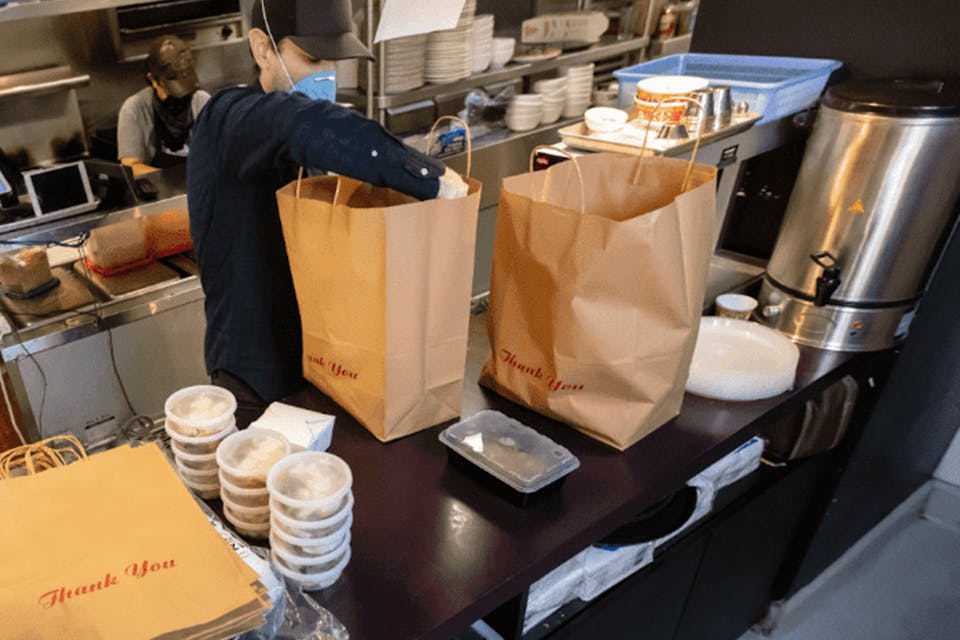
Do we still like dining in (at home) when delivery isn't a necessity?
As restaurant restrictions become a thing of the past, what does a return to normal mean for food delivery? Its undeniable that the pandemic accelerated an (already growing) food delivery industry, prompting restaurants to quickly adapt to the newfound demand for convenience.
When COVID-fuelled restaurant restrictions were in full force, restaurant owners had to rely on technology and food delivery apps to power off-premise dining operations. But as the pandemic wanes and dine-in returns, one thing is sure: food delivery culture is here to stay.
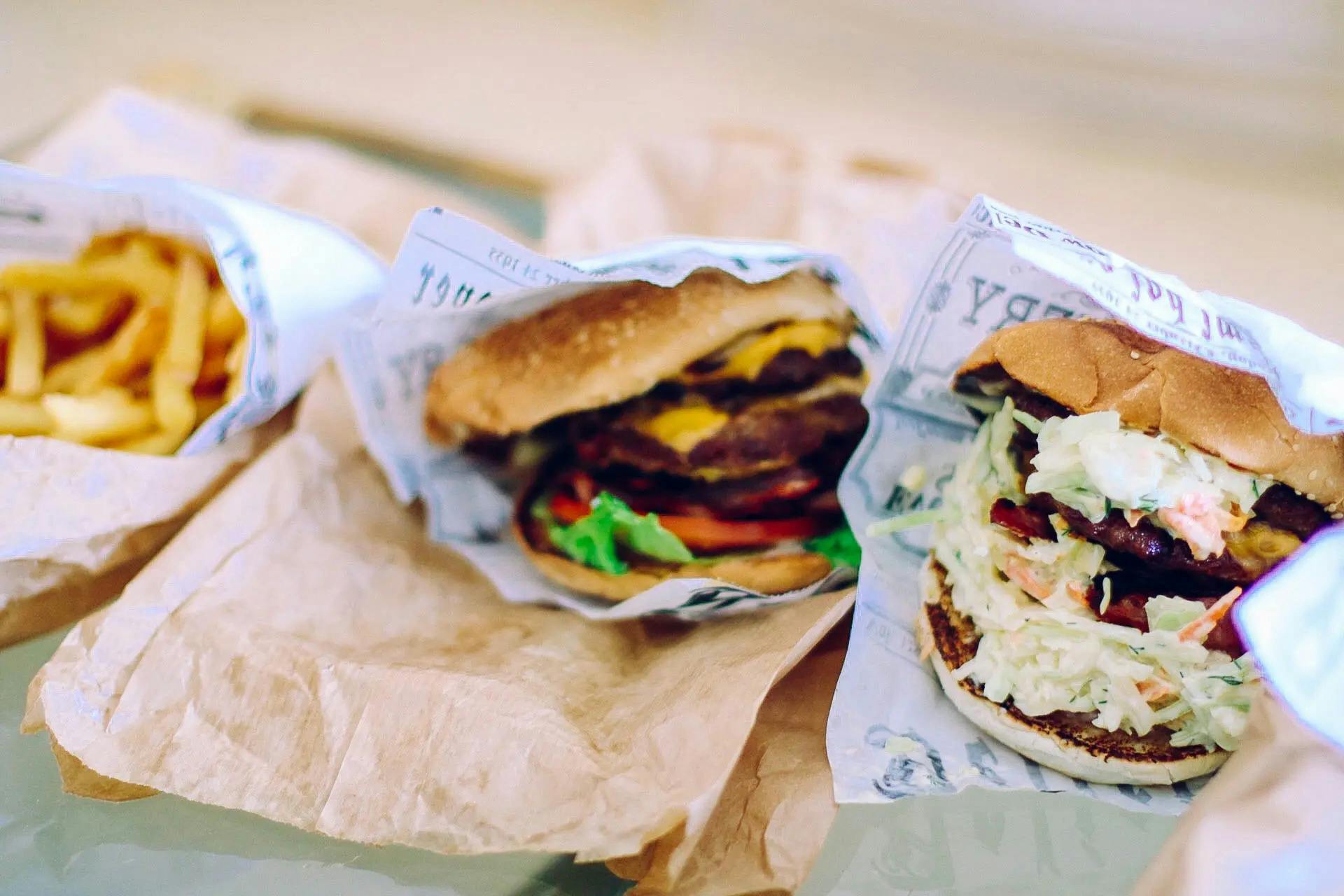
There's still room to grow in the delivery space
Delivery has become the norm worldwide, with global online ordering forecasted to reach a whopping $192.16 billion in 2025. The advent of convenience culture has made it essential for your restaurant to be listed on more than one delivery appand optimising delivery, take-out, and in-house operations is now a requirement for staying competitive in the food industry.
Even indoor-first restaurants are opting to keep their digital menus and table-ordering solutions to meet customer demands and help remedy labor shortage issues. Technology will continue to take center stage in the restaurant world in a post-ish pandemic world (albeit more so in some places than others).
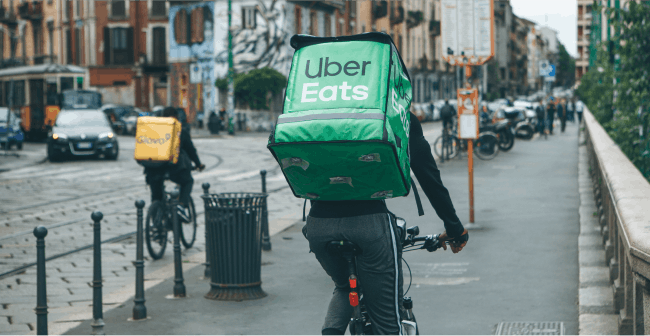
Asia-Pacific food delivery stats
Contact-free consumption was a significant factor for ordering during the pandemic. But as we begin to see some semblance of recovery in the region, convenience remains the number one motivator for consumers across the Asia Pacific:
- Online food delivery is expected to more than triple in 2025, according to the 2021 Food Delivery Industry Overview report. With 87% of customers planning to keep their delivery ordering patternseven as restrictions ease up.
- Delivery is driving 30% of total restaurant sales in 2022, according to research by NPD, Cowen, and Company.
- 5.5 million Australian consumers use meal delivery services, a 66% increase from 2018.
- Takeout and delivery have always been favoured among Koreans and have recently spiked to 48.2% in 2022.
- Interestingly, a survey cited by newspaper JoongAng Ilbo also found that this might be due to the growing number of one-person households. More are willing to spend on food delivery because fewer people are at home.
Europe food delivery stats
Lockdown restrictions helped overcome delivery barriers in Europe. Considered a treat in 2020, ordering food is now a desired means for convenience among Europeans in 2022.
- Third-party app users (Just Eat and Deliveroo) have grown from 50% to 75% in the past year, according to a report by Kantar.
- European countries like France, Portugal, and the UK saw a surge in user penetration of 10 points or more.
- While most users are young, the biggest growth in Europe came from people over 50 (40% of them are now delivery users).
- Takeaway and delivery grew from 16% to 40% of the total Out-of-Home meal market spend since 2019 in Europe.
- More and more Europeans are considering food delivery as a means for convenience:
- Shared enjoyment used to be the top occasion for meal delivery, but convenient lunch and table for one have grown in recent years, impacting menu choices, with dishes like salads proving vital for the convenient lunch occasion.
- With this rise of convenience, meal delivery is now competing with fast-moving consumer goods from the supermarket like packaged foods.
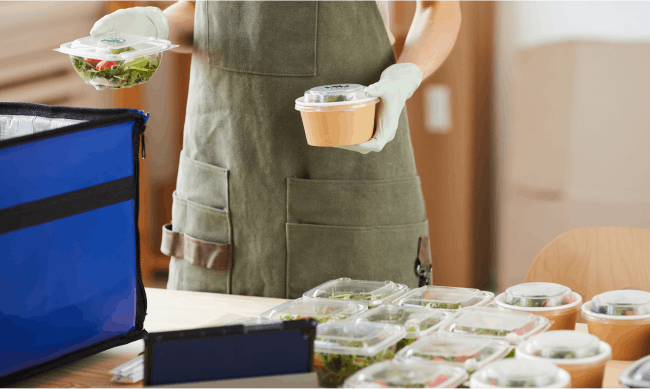
US&CA Delivery stats
Showing customers a great time and exceeding their expectations has always been at the heart of restaurants across the United States and Canada. Even as mask mandates lift and in-person dining returns, meeting the ongoing demand for delivery will be vital to reaching all existing and potential new customers.
- 60% of U.S. adults and 71% of millennials said they're more likely to get delivery now than they were before the pandemic, according to a survey by the National Restaurant Association.
- Delivery standards are increasing - more than 65% of people reported that quality is the top metric when it comes to a food delivery experience, according to toasttab.com.
- Online orders for home delivery more than doubled in the U.S., Russia, and Canada last year according to Fortune.com. Delivery was already growing before the pandemic, but it surged worldwide during lockdowns, and people are still hooked.
- Food delivery in the U.S. is here to stay and is expected to hit $33.7 billion by 2026, according to Bringg. Otter can help you get in the game!
LATAM Delivery stats
Next stop on our global food delivery tour? Latin America! Throughout the region, there's been a meteoric rise in (you guessed it!) food delivery. Check out these fascinating stats:
- 80% of Brazilian consumers surveyed intend to continue using the food delivery service in the post-pandemic period, according to MindMiners.
- 72% of Brazilian operators now use delivery for their business, opposed to only 54% in pre-pandemic times, according to a survey by Sebrae. They know what it takes to shine!
- There was a 76.6% increase in food delivery business openings in Brazil between 2019 and 2021, according to DataHub. Restauranteurs are eager to connect with customers in these modern ways.
- 83% of internet users use delivery platforms, from which 76% order food and 60% ask for supermarket products, according to AMVO.
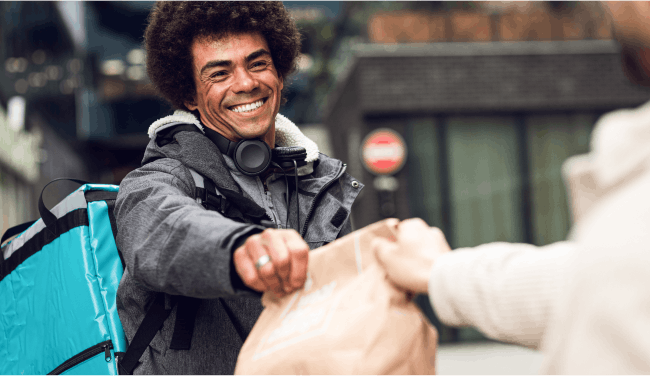
- In Argentina, the data from e-commerce searches carried out in the pre-pandemic and post-pandemic stages. Argentines have notably turned to the digital world.
- The food delivery markets that grew the most were supermarket delivery (191%) and restaurant take out and delivery, (103%), according to BBVA.
- The latest study on fast food consumption in Chile through delivery revealed that from January to October 2021, the market grew 175% compared to the same period of the previous year, according to Diario Estrategia.
So, now that we know delivery isn't going anywhere, how can your restaurant stay ahead of the curve?
Perhaps your restaurant is just now taking a breath to reflect and take stock of your delivery business. Or maybe you're still dealing with the rocky pandemic aftermath of the past few years. Either way, one thing is for sure: investing in your delivery business is essential for long-term success.
From optimising operations to understanding performance to increasing sales, we've compiled everything a tech-savvy restaurateur should know to stay ahead of the curve.
1. Streamlining your delivery business
2. Skyrocketing sales with Virtual Brands
3. Partnering with Otter to end delivery headaches and increase sales